Tom Lembong Case and Inequality Before the Law
There are many irregularities in relation to the detention of Tom Lembong. Without sufficient evidence of corruption, this case can be considered as politicization, and not enforcement, of the law.
maaf email atau password anda salah
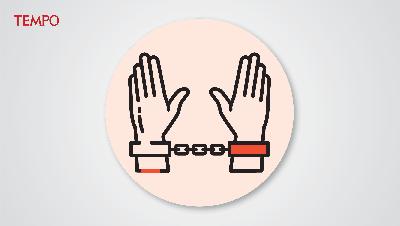
There are many irregularities in relation to the detention of Tom Lembong. Without sufficient evidence of corruption, this case can be considered as politicization, and not enforcement, of the law.
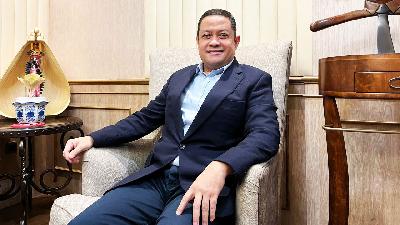
Tom Lembong’s lawyer on the irregularities of his case.

The Attorney General’s Office is still withholding the evidence in the sugar import case involving Tom Lembong. State losses remain unclear.

Former Trade Minister Thomas Lembong is arrested by the Attorney General’s Office over corruption allegations. When will other ministers be questioned?

The police must establish an independent team to investigate the murder of Vina in Cirebon. It is possible there was manipulation.
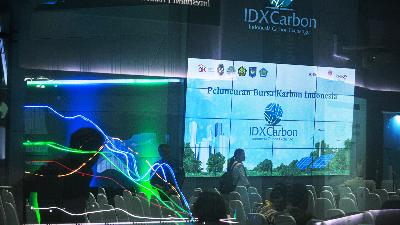
Trading on the carbon exchange is strained by regulations. Business actors are complaining about the mandatory entry to the National Registry System.
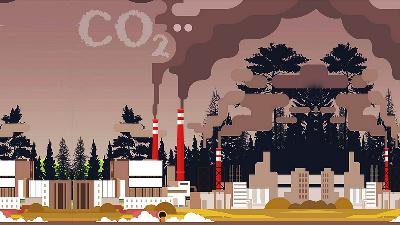
Decarbonization is seeing an uptrend in various industrial sectors. Businesses are hoping for incentives and economic benefits.
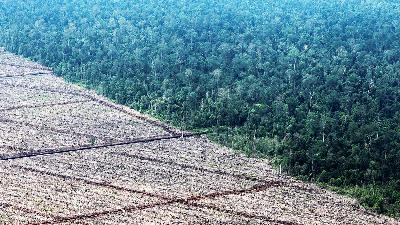
New players are entering the carbon market of the forestry sector. They are competing for land from Sumatra to Papua.
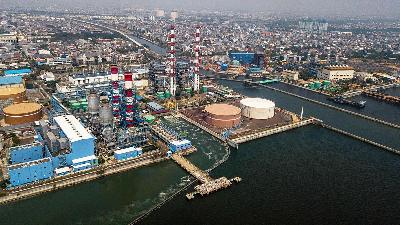
PLN and power companies are hunting for revenue from carbon units. The race to develop low-emission energy sources is on.
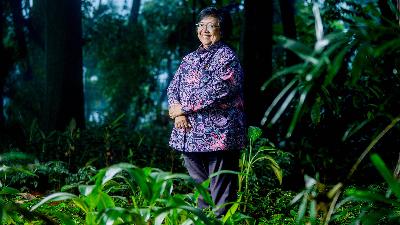
Environment and Forestry Minister Siti Nurbaya explains carbon reduction strategies and approaches to mitigate the climate crisis.
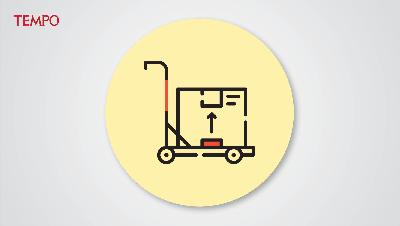
Carbon trading is simply a way to mitigate climate change. The main aims are the energy transition and environmental protection.
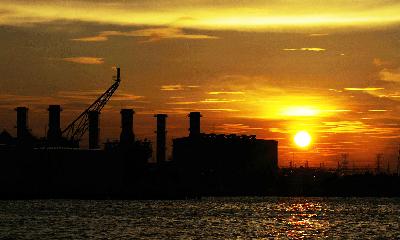
The carbon exchange is still lacking traders and buyers, hampered by the process of certification and registration of carbon units.
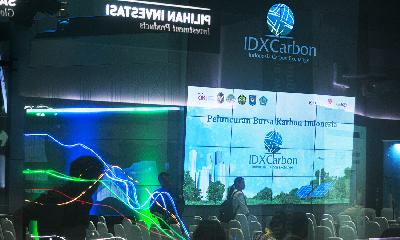
The Indonesian Stock Exchange established four carbon trading mechanisms. There were 27 transactions in three schemes in the initial sale.

The plan from the OJK to introduce carbon units as securities could lead to problems. Carbon trading no longer means a reduction in emissions.
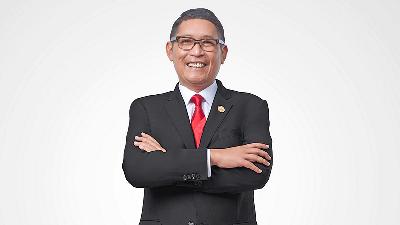
The OJK regulates carbon exchanges as a securities trading platform. How will the OJK prevent greenwashing in the carbon exchange?
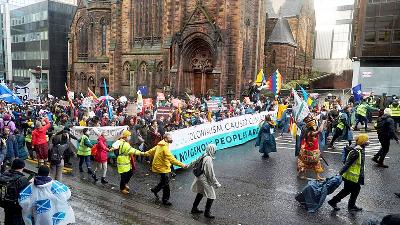
A number of cases show that carbon exchanges are prone to greenwashing. Carbon trading is considered a manipulative method.
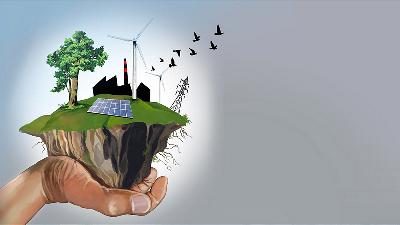
The Indonesia Stock Exchange and Indonesia Climate Exchange (ICX) are competing to manage carbon exchange. Carbon transactions amount to billions of dollars annually.
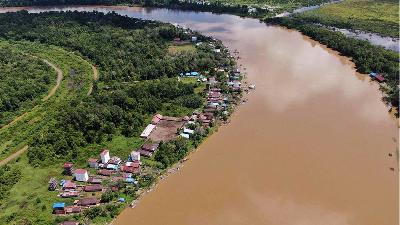
Voluntary carbon trading has stopped since 2021, due to upside down policies.
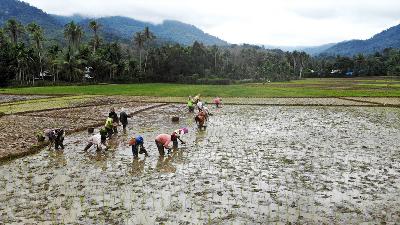
Individuals and companies are already implementing carbon trading in the voluntary market. But no price standard has been set.

The carbon market is to open in September. The regulations and infrastructure are not yet in place.

Nadea Nabilla Putri develops a solar power boat engine. It is the initial step to contribute to the reduction of carbon emission at sea.
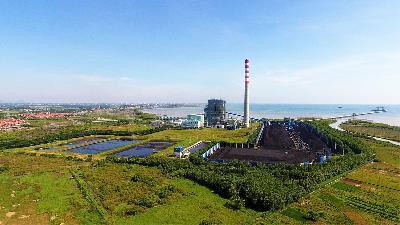
PLN is busy preparing for the early retirement of Cirebon Unit 1 coal-fired steam power plant, which belongs to an independent power producer. The state power company is seeking cheap funds.
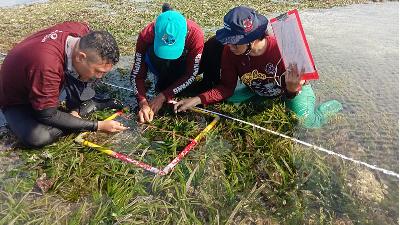
Indonesia’s marine resources have potentially higher blue carbon sequestration than tropical rainforests in green carbon removal. However, seagrass and mangrove ecosystems are not yet optimally tapped on.
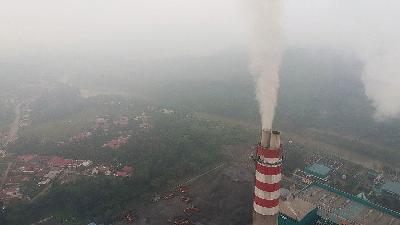
The environment and forestry ministry issues a regulation for implementing the carbon economic value. It is prone to be misused for greenwashing by emission producers.
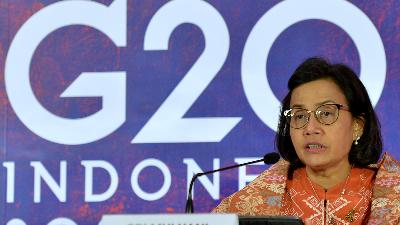
The implementation of carbon tax collection for steam power plants is delayed again. It waits for the global economic turmoil to pass.

After reporting alleged sexual violence on the campus, LPM Lintas, student’s media, was suspended by the Rector of Ambon IAIN.

Letters from readers: from sexual abuses at IAIN Ambon to the concept of the sharing economy.

Indonesia is ready to begin trading carbon for coal-fired power plants. The regulations still favor the producers of emissions.
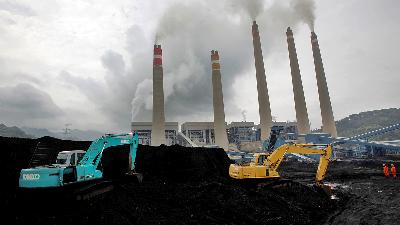
Carbon trading is not expected to be effective in achieving the emission reduction target by 2030. The cap is set too high while the tariff is too low to support energy transition.
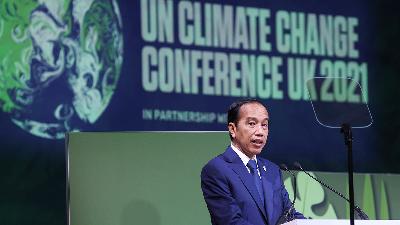
Indonesia is preparing a carbon trading scheme to fulfill the promise of decreasing carbon emissions. Is it a false solution to mitigate climate change?

Indonesia’s carbon footprint market and tips to safely play games during the pandemic.
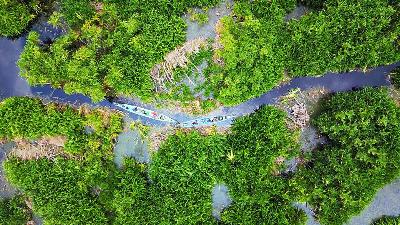
The environment and forestry ministry reprimands two NGOs which are working with Sebangau and Batang Gadis National Parks. They are suspected of trading carbon.
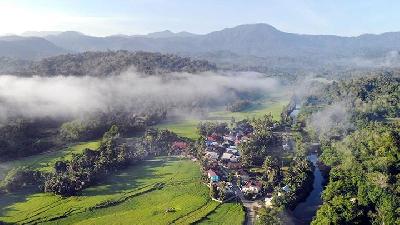
The live of people living around the Bujang Raba protected forest, Bungo Regency, Jambi, changed after the forest is included in the carbon trade. Hoping for the related regulation to be issued soon.
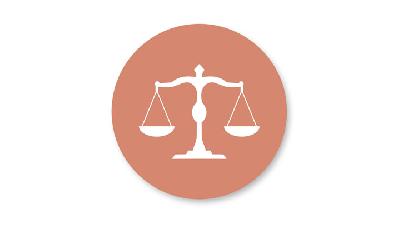
The government is drawing up a presidential regulation on the economic value of carbon. This regulation must be fair and must force all business sectors to reduce emissions.
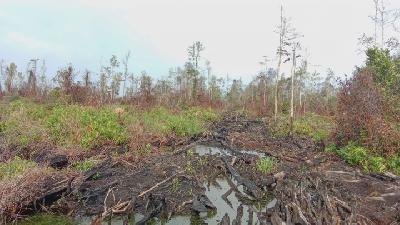
Fire raged across part of the ecosystem restoration area of Katingan Mentaya Project in Central Kalimantan. This world’s largest in the carbon trading program has been surrounded by oil palm plantations. The absence of the government regulation worsens the condition. Tempo collaborates with a Dutch investigative media organisation Investico and Narasi to make this report.

The trade ministry has recently been in the public spotlight. After Berdikari company and the State Bureau of Logistics (Bulog) failed to keep beef prices down, Trade Minister Thomas T. Lembong allowed a number of private trading companies to import beef. He issued state-owned trading company PPI to import 29,500 tons of beef even though it failed to pass muster with the agriculture ministry for failing to obtain a veterinary control number (NKV).
A number of private trading companies that were given the import quotas had little experience in the beef or cattle industry. But Lembong defended his policy by saying the business was open to everyone. "No one was given any special treatment," he told Tempo reporter Ayu Prima Sandi by telephone text message, last week. Replying to additional questions was Foreign Trade Director-General Karyanto Suprih. Excerpts:

The Cebongan trial has become a circus. The entire courtroom seems to have been co-opted.

The Indonesian Military concluded its investigation into the storming and killing of four inmates at Cebongan Penitentiary. They promised the trials will be open.

Misleading news about the death of a motorcycle-taxi driver triggered riots and reopened old wounds in Ambon.

Calligraphy in Cirebon grew within the traditional arts. Besides on batik, calligraphy appears on amulets and paintings executed on glass.

Housewives in Cambaya subdistrict, Ujung Tanah district, Makassar, have changed their chatting habit into a productive enterprise: producing abon ikan, seasoned and fried shredded fish.

The Cirebon suicide bomber is suspected to be of a small group of Abu Bakar Ba’asyir sympathizers. They are scattered around the country.

This year’s large-scale sea event will be centered in the Islands of Maluku. Called Sail Banda 2010, these maritime festivities are expected to boost the local economy, particularly the sectors of fishery and tourism. An estimated 6,000 visitors from inside and outside the country will come to the event. Given the fact that hotel accommodation is far from adequate, how will Maluku cope with preparations? The event was inaugurated in Ambon last Saturday.

The government commemorated World Peace Day this year in Ambon. A gong, symbolizing peace, was placed at the garden downtown, marking the end of communal conflicts and sending a message of peace throughout the world.

Ambon revives the Darwin-Ambon yacht race as part of efforts to remove the stain of conflict from its image.

Many areas in Ambon, ravaged by long-running conflicts, are recovered today, as an enthusiastic traveller discovered.

As soon as Japan lost the war, Sjahrir wanted independence proclaimed as soon as possible. The proclamation was read out in Cirebon, two days before it was broadcast by Sukarno.

DNA testing establishes a carnivorous frogfish found in the waters of Ambon to be a new species.

At a recent seminar evaluating direct elections of provincial and local chief executives in Indonesia, an academic explains how Ambon and Eastern Indonesia remain potential conflict areas.

Indonesia stands to receive at least U$2 billion annually from carbon trading. An agreement is yet to be reached on the counting method.

ACCEPTING the invitation from the organizing committee of the 250th Anniversary of Mozart in Vienna, director Garin Nugroho will screen his Javanese musical-drama film Sinta Obong (Sinta on Fire). The shooting has begun in Yogyakarta and Solo, involving renowned Indonesian dancers and artists. Garins interpretation of Sinta differs from what is usually found in the traditional Ramayana. Sinta is featured as a woman tossed in her desire, between the possessive Rama and the aggressive Rahwana. It is interesting to observe the interaction of choreography and installation art in translating this interpretation. Read Tempos report on the shooting of the film.

In an effort to expand traditional Cirebon batik, snow crystals and seashells are being used for new patterns.

The Javanese Palace in Cirebon has a unique tradition when it comes to celebrating the Maulud. This Sunan Gunung Jati-era ceremony featured special rice dishes prepared by spinsters.

Two heirs of the Kanoman Royal Court, Cirebon, are fighting for the throne. It's a matter of either tradition or testament.

If the April 25 incident is not resolved, widespread conflict could return to Ambon.

Just like Bulog and military foundations, there is strong evidence that the Bank Indonesia Employees Welfare Foundation (YKKBI) is just an excuse for senior officials to reap profits in an inappropriate manner. An audit by the Supreme Audit Agency shows that the more than Rp2 trillion funds YKKBI has placed in a number of investments have been gobbled up by a variety of inefficiencies. Corrupt and collusive practices that grow on fertile ground at the central bank offices in Kebon Sirih have made the fate of a number of its subsidiariesranging from a banknote paper factory to a potato plantationuncertain. It has been discovered that, in the money-laden projects that the foundation manages, the Kebon Sirih high officials turn out to possess massive mysterious shares.

Almost every night toward the end of 1967, the sounds of heavy boots could be heard in Lorejo village, Bakung District, Blitar, East Java. They steered their “charges”, barefoot and bound, to Gua Tikus—The Rats’ Cave. There, the men, considered activists of the Indonesian Communist Party (PKI), were beaten, then thrown into the cave, never to be seen again.
Thirty-five years later, last August, the Kasut Perdamaian Foundation attempted to excavate the cave, searching for the bodies of the victims. When they came upon a jawbone, the Regent of Blitar hastily stopped them. What stories are still buried at the bottom of Gua Tikus?
Intermezzo Tuesday, October 8, 2002 Edition

Laskar Jihad is to be expelled from Ambon. But is it the root of the problem?

Ambon is writhing again after a new spate of bloody violence. But the real fighting may be going on behind the scenes, among the local and national elites.

The Maluku Sovereignty Front is accused of treason and of helping set off the Ambon riots in 1999. Its leaders deny this and say they have no link to the defeated Republic of South Maluku.
Independent journalism needs public support. By subscribing to Tempo, you will contribute to our ongoing efforts to produce accurate, in-depth and reliable information. We believe that you and everyone else can make all the right decisions if you receive correct and complete information. For this reason, since its establishment on March 6, 1971, Tempo has been and will always be committed to hard-hitting investigative journalism. For the public and the Republic.